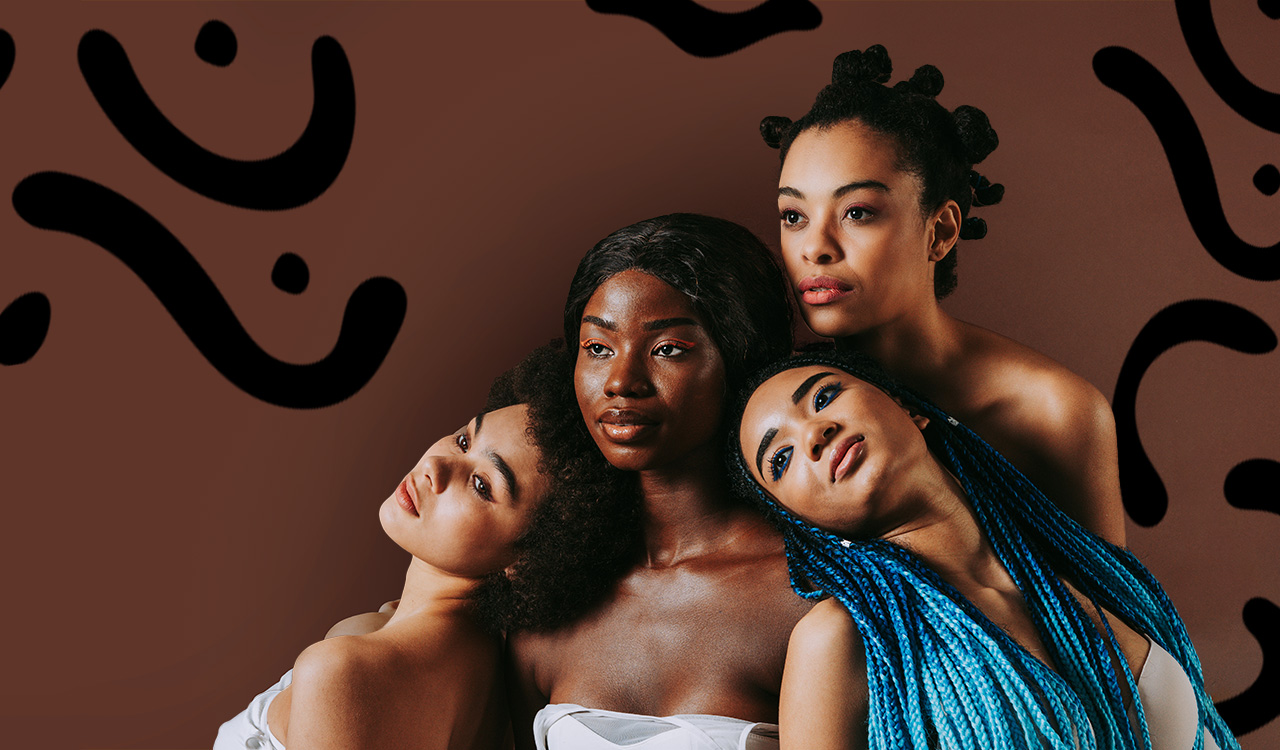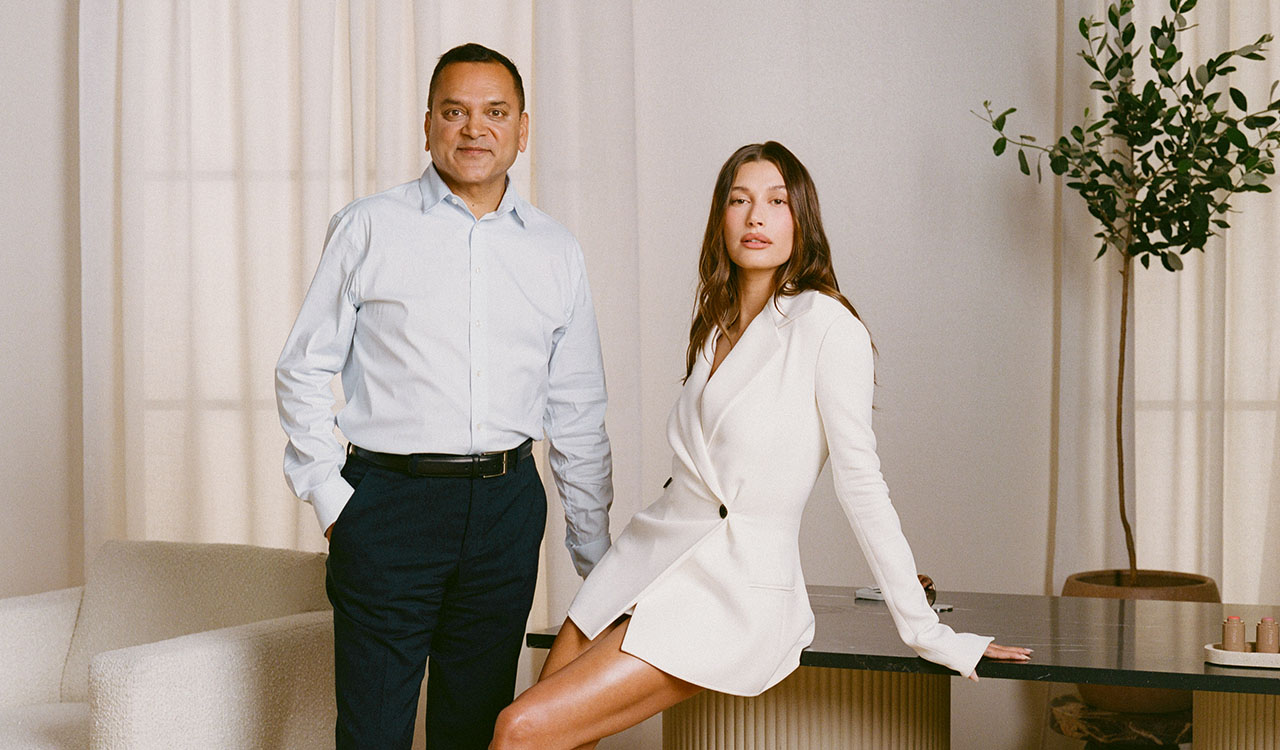There’s no denying the fact that the haircare industry is big business…exceeding $200 billion by 2032. Within this market, there is a space that has quietly gained traction— the textured haircare industry. At NRF’s 2025 Retail’s Big Show, founder and CEO of PATTERN Beauty, Tracee Ellis Ross gave a keynote address on the largely overlooked textured haircare market. From celebrating the self-expression of textured hair to offering actionable retail strategies, Ross shared her secrets for retail beauty success in this growing market.
Ross insists that two opposite things can be true at the same time. She states that PATTERN Beauty sticks to its mission to “serve the curly, coily and tight texture community” (AKA race and ethnicity) while placing “hydration and moisturization” (AKA product benefits) at the center. This allows the brand to remain authentic and competitive straddling two market tactics.
Transcending a Niche Category
Historically, Black and textured haircare were viewed as niche markets. According to Ross, “60 to 70 percent of the global market has textured hair,” with the total addressable market, exceeding $30 billion in the U.S. alone. A whopping $31 billion doesn’t really sound too niche, does it?
A fundamental bias has affected how the industry has historically tackled curly hair product development, marketing, and retail strategy. Welcome to 2025: The bubble that the trapped textured haircare market seems to have popped. Ross along with other haircare newcomers Rihanna of FENTY Hair and Beyoncé of CÉCRED are leading the way for “new and improved” retail positioning of inclusive haircare based on hair type, not race and ethnicity.
Sounds progressive, but here’s a big question: Does this strategy alienate the Black community? Ross insists that two opposite things can be true at the same time. She states that PATTERN Beauty sticks to their mission to “serve the curly, coily and tight texture community” (AKA race and ethnicity) while placing “hydration and moisturization” (AKA product benefits) at the center. This allows the brand to remain authentic and competitive straddling two market tactics.
Is There a Double Standard for Black Celebrity Haircare Brands?
Authenticity is a foundational value in the Black haircare market. Consumers in this market are very thorough, and they want to know if the brands they’re supporting are backed by people who are truly involved. It’s actually nonsensical that Beyoncé had to record herself getting her hair shampooed to prove to the consumers that she uses the CÉCRED products on her real hair.
Ross isn’t fond of the “celebrity brand” hate train. She wants consumers to know that being a “celebrity” doesn’t automatically disqualify them from retail. She said, “It’s the same thing with someone telling basketball players they should shut up and dribble. Or someone telling actors they shouldn’t talk about policy. Actors, basketball players, and athletes are people and human beings before anything else. Human beings do multiple things and have multiple interests…I’m a really smart person and I naturally have business acumen, and I’m not going to be afraid to say that because I’m an actor.”
Celebrity brands aren’t successful solely because of the status of their founders. And when it comes to the textured hair market, the stakes become more complex. What’s important is vetting the brands. Ross expressed a vulnerable moment by touching on the racial profiling issue at Ulta Beauty after partnering with the retailer. As a celebrity, she could have left this problem unchecked and continued on with business as usual. But as a founder and CEO, she knew she needed to put on the decision-maker hat. Pulling the products from the shelves was an option but Ross wanted to have a conversation.
After meeting with leadership, Ulta Beauty named her Diversity and Inclusion Advisor where she continues to make an impact despite her celebrity status. Since her appointment, Ulta vowed to double the number of Black-owned brands in-store and launched a $20 million initiative to reach out to customers of color and other underrepresented groups.
Innovation and Beyond
Ross wrote her first haircare pitch after the end of the hit sitcom, Girlfriends, and in 2019, she launched PATTERN Beauty. The goal was to create a brand that supported home stylists to elevate their styling expertise without overcomplicating things. “Innovation doesn’t mean putting a whole bunch of buttons on something. Innovation is taking a blank space and creating something that is needed, that makes life more efficient or elevates the effectiveness of something in a way that’s better,” she explains.
The actress felt there was a disconnect in the traditional marketing formula of “present the problem and offer the solution.” She aimed to change the existing paradigm of marketing to Black and textured haircare consumers. Ross was prescient; retailers were leaving out a key metric — feelings. “Many of the products we develop come out of listening to and being in exchange with our customers. That is, to me, at the core of humanity; that the more we listen and respond — not react but listen and respond from informed places — we can serve each other in a much more robust way that allows for opportunity and growth and shared humanity,” she says.
Alongside the best-selling Hydration Shampoo and Medium Conditioner, Ross paired the products with problem-solving heat styling tools like the Pattern Blow Dryer and Interchangeable Curling Iron. Typically, these types of tools are launched separately or under a different brand name.
Empathy, relatability, and relevance are the foundational principles of PATTERN Beauty and inform how the brand innovates with customer-centric products.
- It innovated secure diffuser attachments for blow dryers to reduce detachment during use
- It engineered heat-resistant controls that don’t accidentally toggle and damage hair
- It designed a versatile curling iron with three interchangeable barrel sizes
Innovating in a vacuum is not a viable strategy. Ross says you have to include consumers in the process and make them feel empowered to master their haircare. Any slight inconvenience or off-target product development will turn the textured haircare consumer away.
Expansion in the Black and Textured Haircare Retail Market
The success of PATTERN Beauty is an excellent case study for the growth and evolution of a once-niche market. Underestimating the power of this market is willfully ignoring billions in consumer spending. There are specific expectations and behaviors in this consumer group that can lead brands to make them loyal customers.
- Focus on Restocking
This market has extremely loyal consumers if you have what they need when they need it. Your ability to keep the shelves stocked will be a saving grace when it comes to retaining customers. Ross explains, “In retail, the consumer is fast to change her mind…you pick something that you like and if you can’t get it again… you’ll try something else and that might become your favorite. So, the ability to restock is an important part of the process and that.” Efficient restocks are enabled through predictive inventory management systems for better planning, expanded shelf space to support popular products, and product education on the store level to keep the consumer informed.
- Plan for Expansion
From its inception, PATTERN Beauty had a vision to expand beyond basic haircare. Focusing on creating products for specific hair texture issues (e.g., split ends, dry scalp, etc.), expanding into professional-grade hair tools designed for home use, and understanding consumer shopping patterns position retail haircare brands in this market for longevity.
Exceeding Expectations
PATTERN Beauty’s success shows that addressing underserved markets and maintaining a clear purpose-driven mission create undeniable value. The textured haircare market represents a massive earning opportunity and a chance to better serve and celebrate a global consumer force that has been historically underrepresented in the beauty industry.
Ross emphasizes that success in this market requires more than just product development – it demands authentic community engagement, impactful innovation, and operational excellence throughout the entire retail supply chain. Good advice for any brand to engender loyalty with trusted products and services that are built on customer centricity.




